 |
 |
 |
 |
 |
 |
|
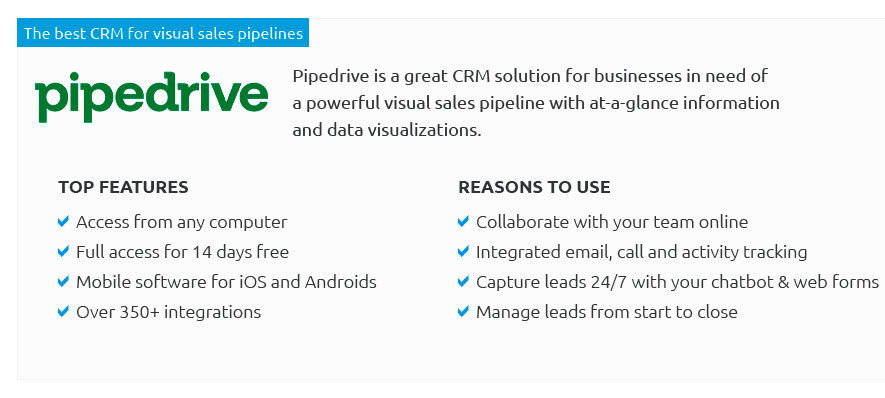 |
|
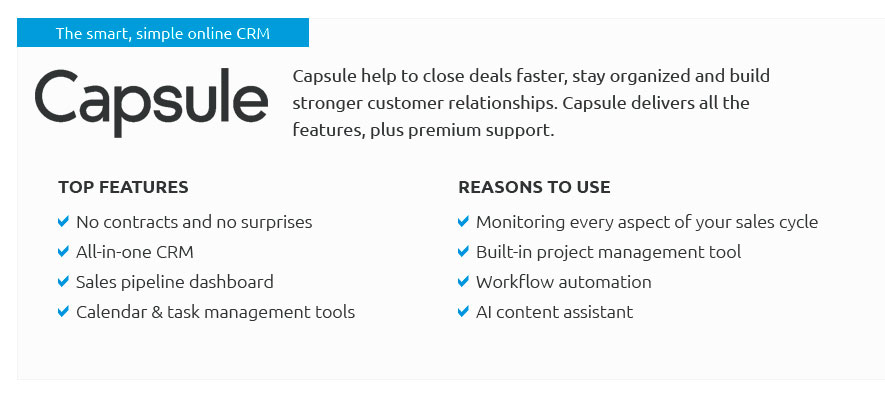 |
|
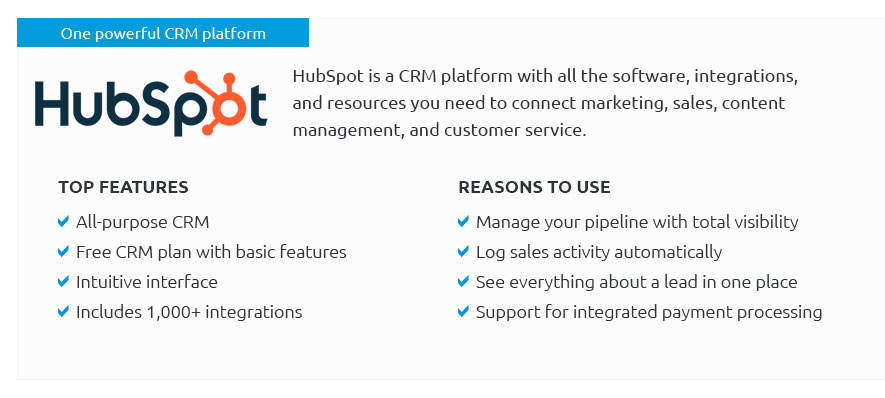 |
|
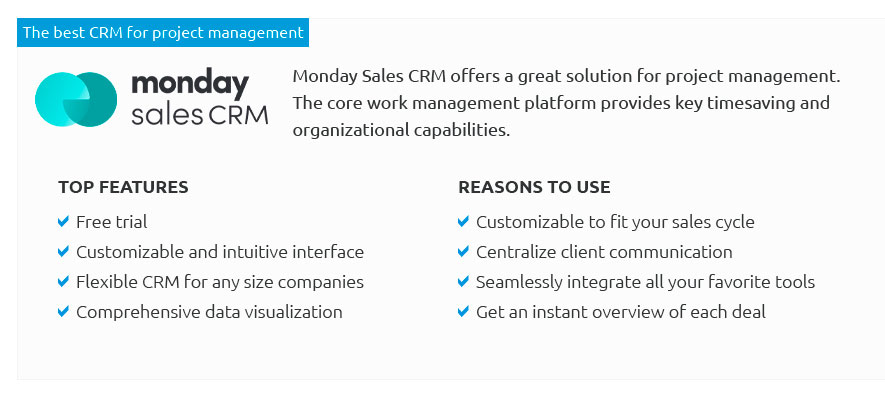 |
|
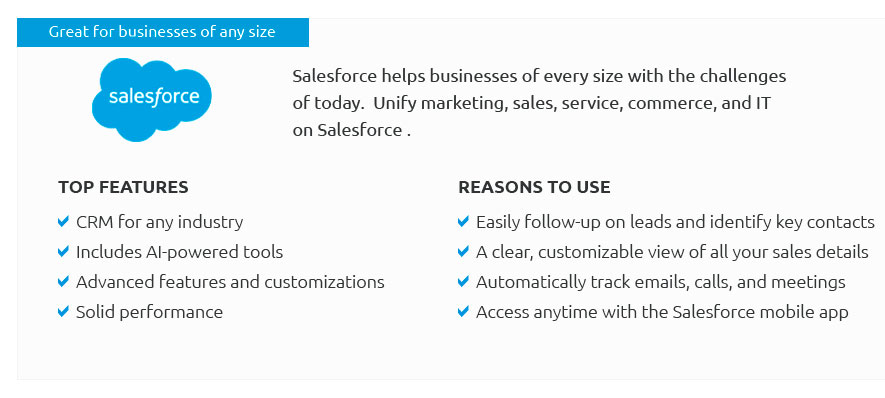 |
|
 |
 |
The Art and Science of Sales Leads: How It WorksIn today's competitive business landscape, the concept of sales leads has become a pivotal element in the success of any enterprise. Whether you are a fledgling startup or a seasoned corporation, understanding the nuances of generating and managing sales leads can make a substantial difference in your bottom line. But what exactly are sales leads, and how do they work? Let us delve into this fascinating subject, which combines both art and science in a seamless blend. At its core, a sales lead is an individual or entity that has expressed interest in your product or service, potentially becoming a customer. This interest is often captured through various channels such as websites, social media, referrals, and networking events. The journey from a mere lead to a paying customer involves nurturing and engagement, which is where the real magic happens. To truly understand how sales leads work, one must appreciate both the data-driven strategies and the human touch involved in this process. First and foremost, identifying quality leads is crucial. Not all leads are created equal, and it is essential to distinguish between those who are genuinely interested and those who are just browsing. Tools such as Customer Relationship Management (CRM) systems and analytics software can aid in this process by providing valuable insights into consumer behavior. These tools can help businesses prioritize leads based on factors such as engagement level, buying intent, and demographic fit. Once leads are identified, the next step is to engage them effectively. This involves crafting personalized communication that resonates with the lead's needs and preferences. Here, the art of storytelling comes into play. Sharing compelling narratives about how your product or service can solve specific problems can be a powerful motivator. Additionally, offering valuable content such as informative articles, webinars, or exclusive deals can help build trust and credibility. But let's not forget the science behind the process. Analyzing data from past interactions can reveal patterns and trends, allowing businesses to optimize their lead generation strategies. For instance, understanding which marketing channels yield the highest conversion rates can guide future investments. Moreover, employing automated systems to manage routine tasks can free up time for more meaningful interactions, ensuring that no lead falls through the cracks. As with any endeavor, there are challenges. The digital age has flooded businesses with data, and sifting through this information to find valuable insights can be daunting. Furthermore, the human aspect of sales leads demands a balance between automation and personal touch, a balance that is not always easy to strike. Yet, overcoming these challenges can lead to rewarding outcomes.
In conclusion, the process of managing sales leads is a dynamic and ongoing journey. By combining the precision of data analysis with the warmth of human interaction, businesses can not only attract potential customers but also build lasting relationships that drive success. As you embark on or refine your lead management strategies, remember that at the heart of every lead is a person, and understanding their journey is the key to unlocking your business's potential. https://www.investopedia.com/terms/s/sales-lead.asp
A sales lead refers to an entity that may become a client. The term also means data that identifies a potential buyer of a product or service. Learn more. https://www.salesforce.com/sales/what-is-a-sales-lead/
A sales lead is a person, department, or company that may be a good fit for your product or service and has the authority to make that purchase. Without leads, ... https://www.salesleadsinc.com/
Industrial SalesLeads combines powerful technology, accurate prospect data with human intuition to provide customized prospecting lists that are built ...
|